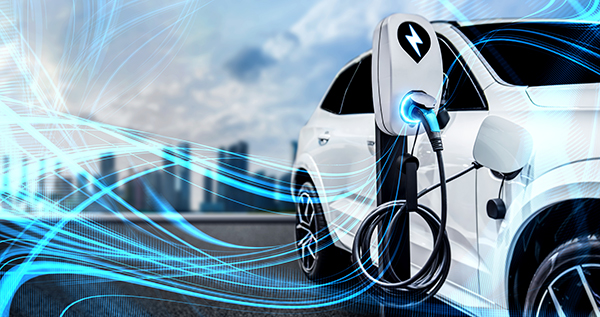The significance of LFP technology in energy.
The market for Lithium Iron Phosphate (LFP) batteries, currently valued at more than $13 billion is forecast to continue its expansion. LFP batteries are important for the future of energy, because of their unique advantages over traditional battery technologies. They offer efficient energy storage, help revolutionize the design of electric vehicles, and provide enhanced applications for other industrial, household, and leisure usages.
LFP batteries are transforming domestic clean energy storage by offering safety and cost-effectiveness. Yet, LFP batteries face competition from other battery technologies and there remains a need for improvements. Ongoing research and development efforts are expected to enhance their performance while continuing to lower costs. As the demand for energy solutions continues to grow LFP batteries are an important component in transitioning towards a greener future.
Safety
A notable aspect of LFP batteries is their safety profile. Unlike other lithium battery technologies, LFP batteries exhibit greater stability and are less prone to overheating. This inherent stability significantly minimizes the risk of thermal runaway making them a safer choice for a range of applications.
Cost Effectiveness
Another significant advantage offered by LFP batteries is their cost-effectiveness. Their extended lifespan and durability make them a sound choice over the long term, especially in circumstances or conditions that make it impractical or too costly to replace batteries.
Energy Density
Although LFP batteries historically had energy densities comparable to other types of lithium-ion batteries, in recent years technological advancements have significantly increased their capacity. This improvement in energy density makes them a feasible option in situations where space and weight are crucial considerations.

Energy Storage
LFP batteries are revolutionizing the field of energy storage. Their stability and efficiency make them ideal for use in grid storage systems, where they help maintain a balance between supply and demand, leveling out fluctuations in renewable energy sources such as solar or wind power.
Electric Vehicles
In the vehicle (EV) industry LFP batteries are increasingly favored due to their safety features and cost effectiveness. They also provide a consistent discharge voltage, making them a good power source for EVs.
Other Applications
Aside from energy storage and EVs, LFP batteries are finding applications in other areas such as electronics, power tools, and emergency backup systems. Their versatility and safety make them suitable for a range of uses.
Sustainability
Environmental sustainability is one of the factors that make LFP batteries highly appealing. LFP batteries do not include cobalt, which is a toxic material and its mining is associated with environmental concerns. This makes LFP batteries a preferred choice from both an environmental and societal viewpoint.
LFP batteries are well-suited to circular economy strategies. Applications are underway to ensure that these batteries can be recycled effectively, thereby reducing waste and maximizing the use of resources, which aligns perfectly with responsible manufacturing and consumption practices.
LFP technology is at the forefront of innovation as manufacturers utilize materials and incorporate new technologies to improve the performance and affordability of these batteries. These innovations extend beyond vehicles (EVs) to include both large-grid industrial energy storage and smaller-scale applications such as home energy storage and other uses.
The future of energy storage and electric vehicles is closely intertwined with LFP technology.
Companies, like ICL are dedicated to improving the components of LFP batteries by adjusting their structure and particle sizes. This comprehensive approach is crucial for meeting the demands of the market and contributing to energy.
LFP (Lithium Iron Phosphate) batteries are making an impact on the energy industry, their unique combination of safety, cost-effectiveness, and increased energy density makes them an important energy storage solution. Nano One, ABTC, and ICL Group are leading the way with innovative approaches that are essential for advancements in LFP technology’s eco-friendly future. As we move towards sustainable energy sources and embrace a circular economy LFP batteries will undoubtedly play a pivotal role in this transformative journey.
In this episode, I sat down with Beejan Giga, Director | Partner and Caleb Emerson, Senior Results Manager at Carpedia International. We discussed the insights behind their recent Industry Today article, “Thinking Three Moves Ahead” and together we explored how manufacturers can plan more strategically, align with their suppliers, and build the operational discipline needed to support intentional, sustainable growth. It was a conversation packed with practical perspectives on navigating a fast-changing industry landscape.